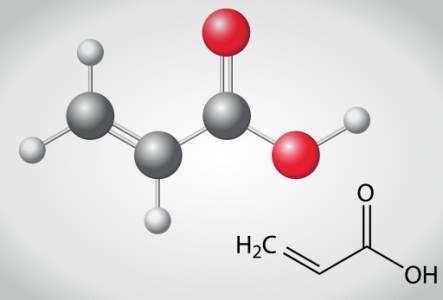
Polymers are large molecules composed of repeating structural units called monomers. These versatile materials are ubiquitous in modern life, forming the basis of countless products, from everyday household items to advanced technologies. This comprehensive guide explores the fascinating world of polymers, their properties, applications, and future potential.
The wide-ranging properties of polymers make them ideal for a vast array of applications across numerous industries:
Research and development in polymer science continue to advance, leading to the creation of new polymers with enhanced properties and functionalities. Areas of active research include:
This comprehensive overview provides a foundational understanding of polymers, highlighting their diverse properties, numerous applications, and exciting future prospects. Further research into specific polymer types and applications can provide a deeper understanding of this critical class of materials.